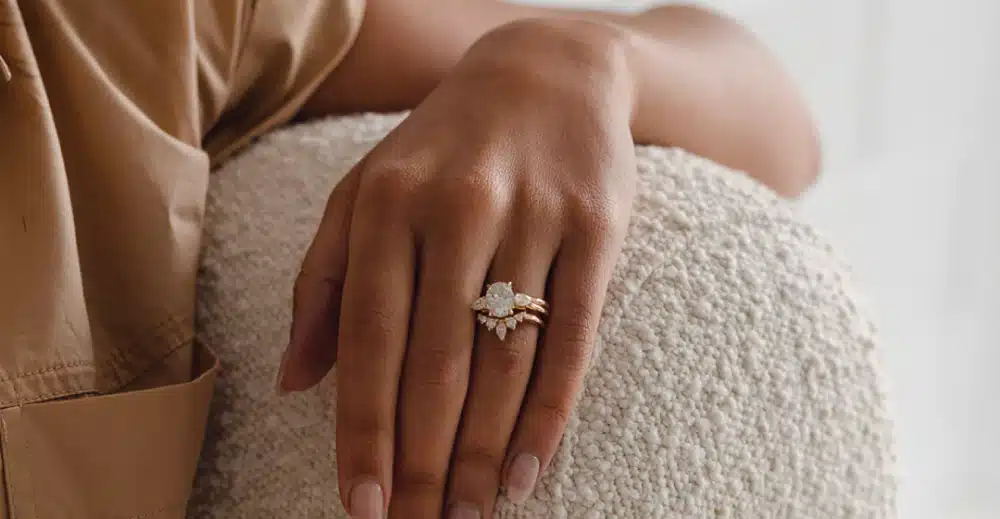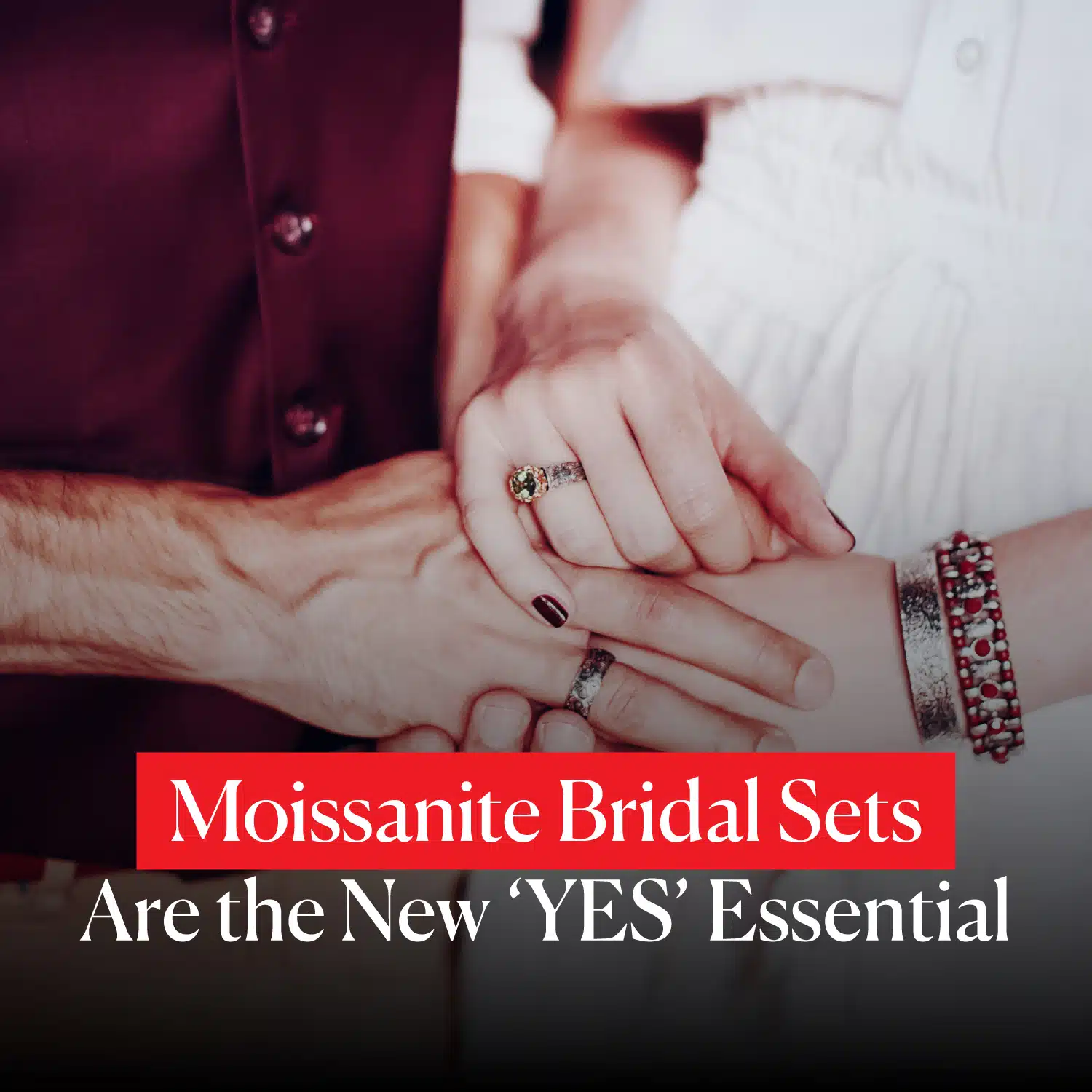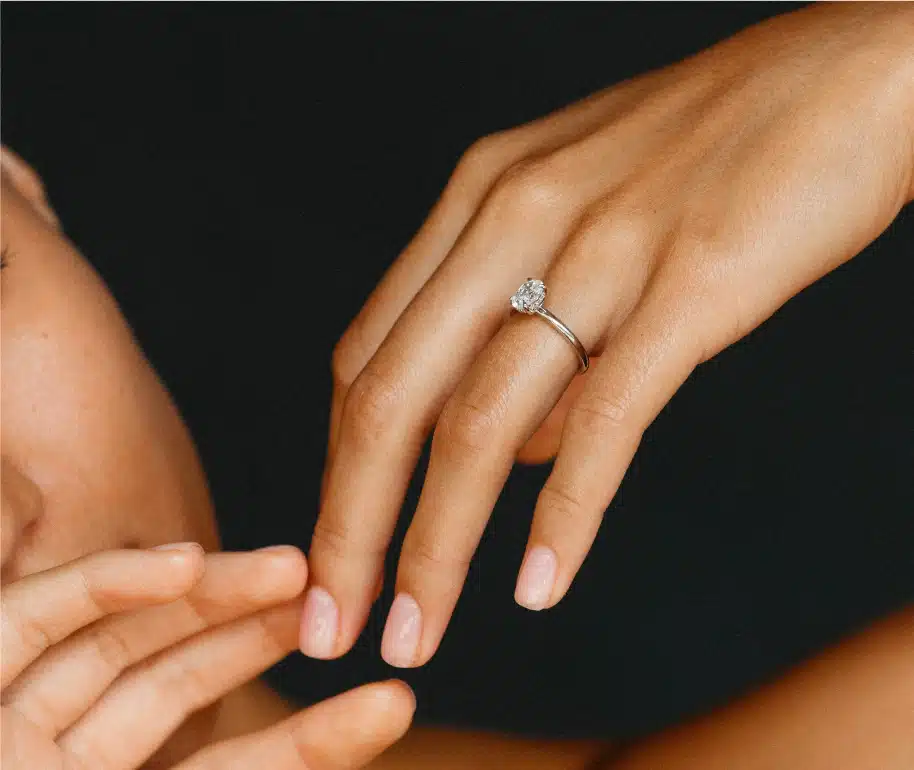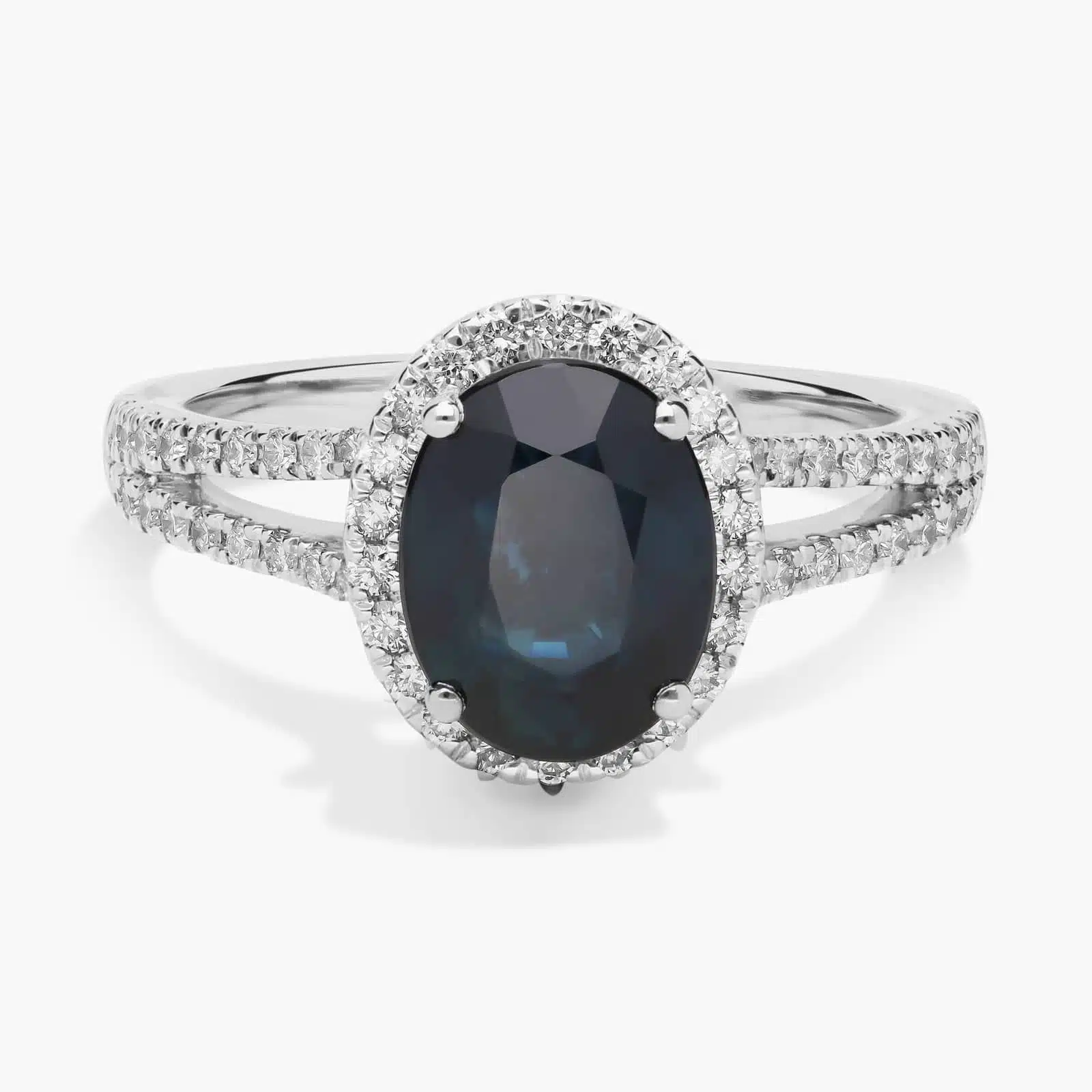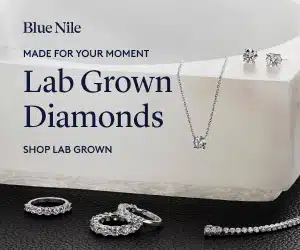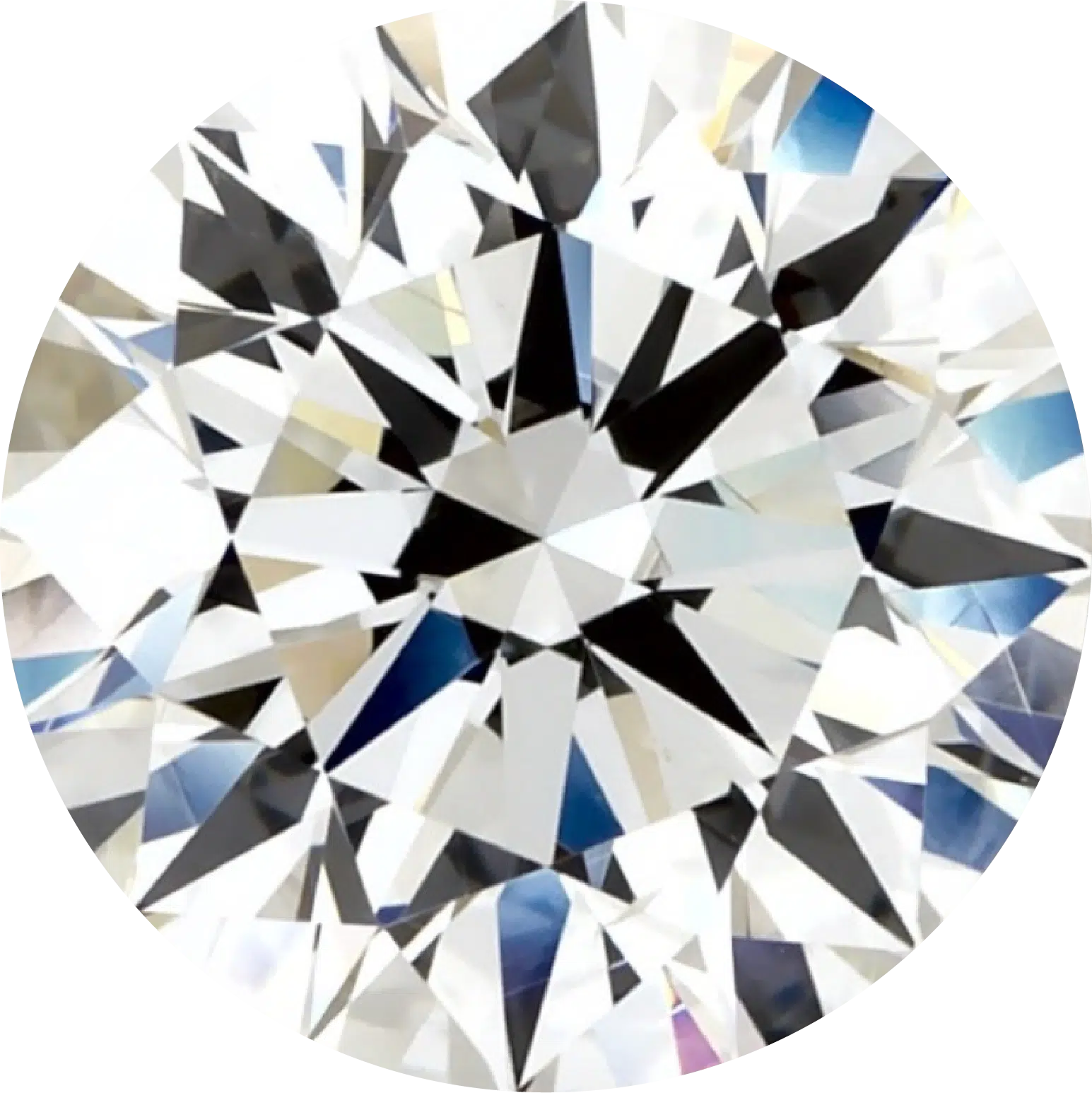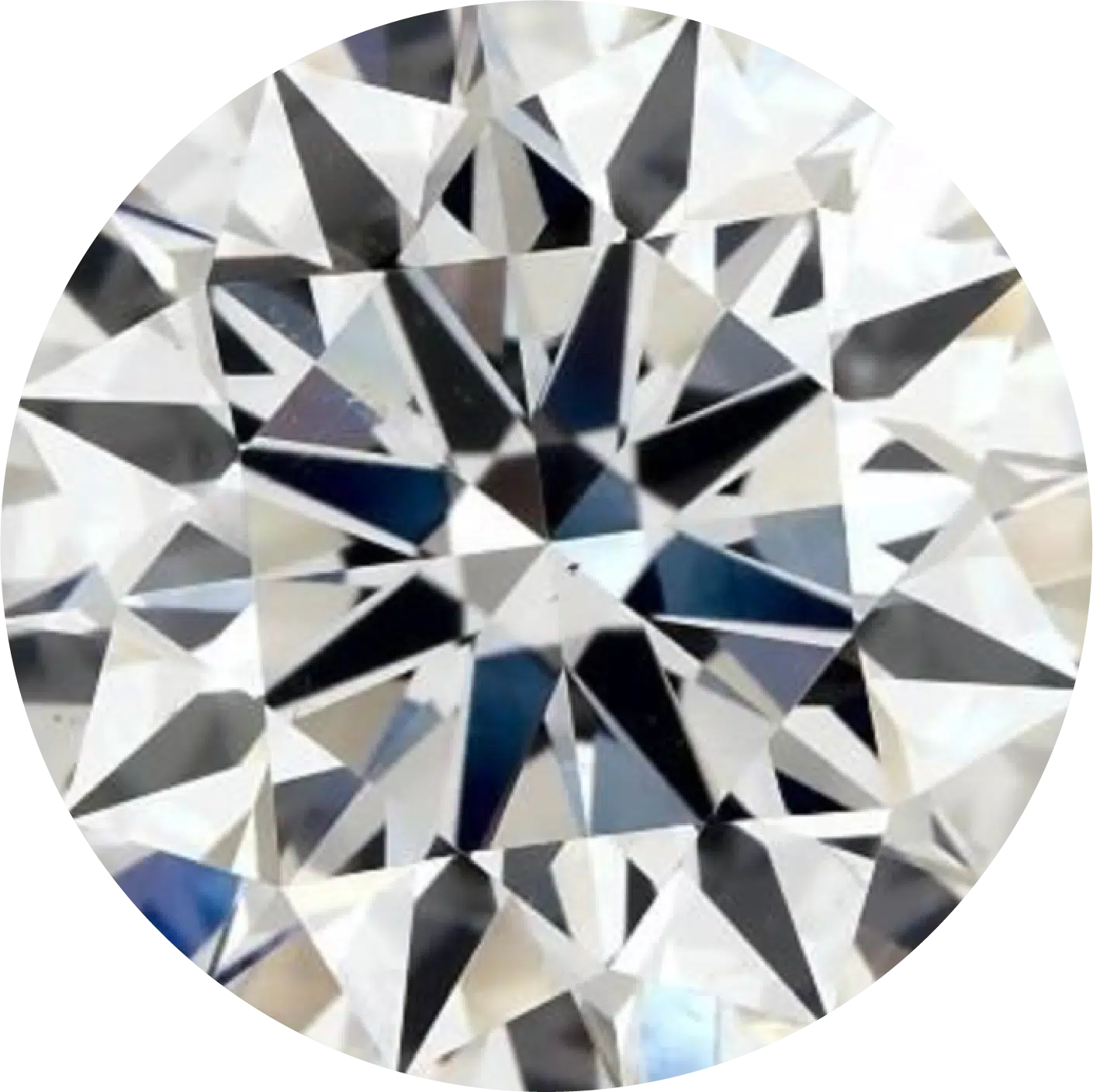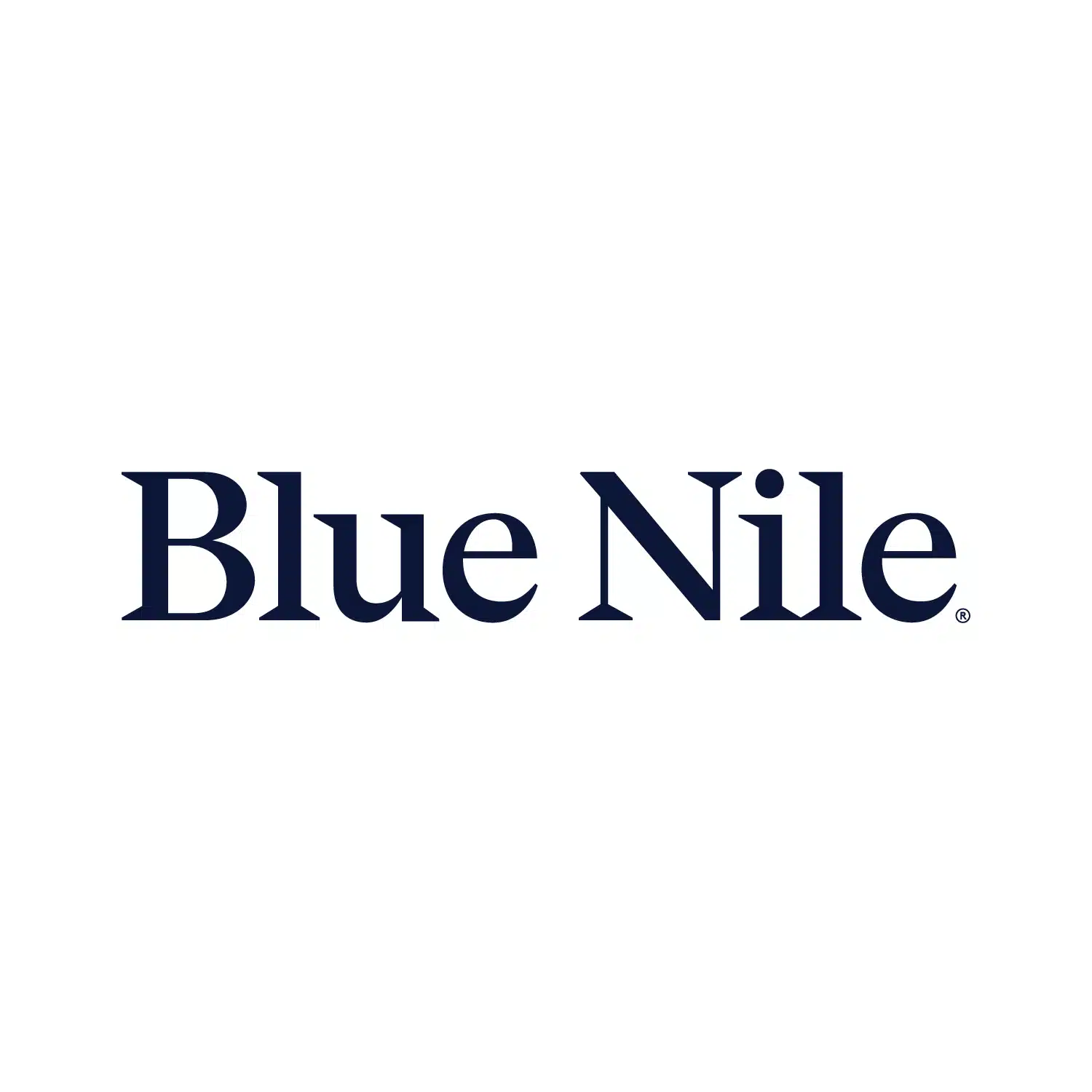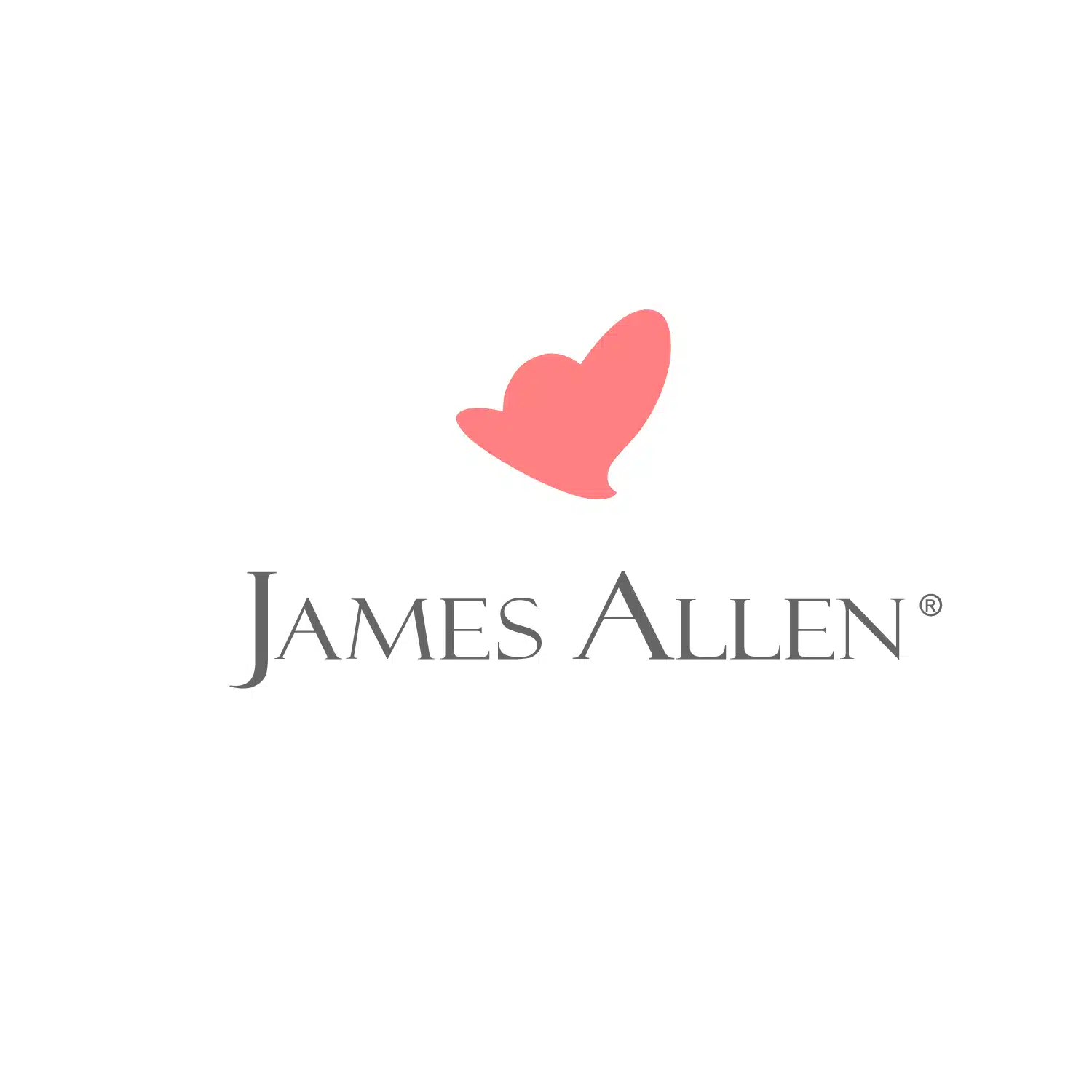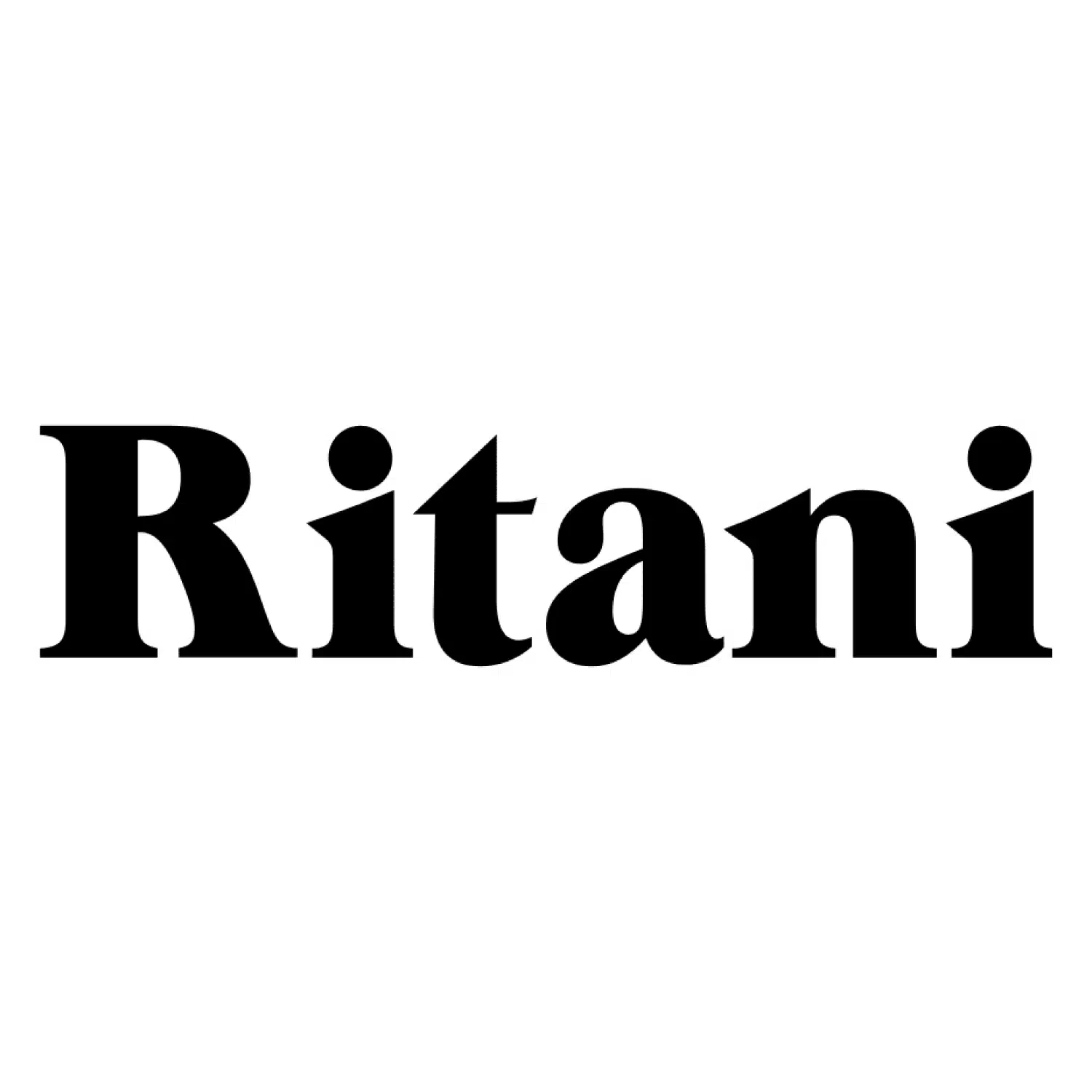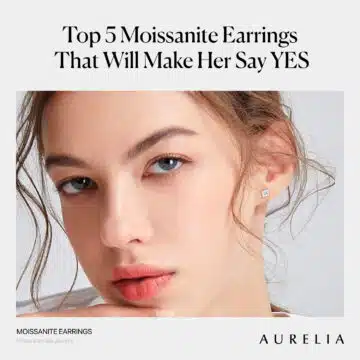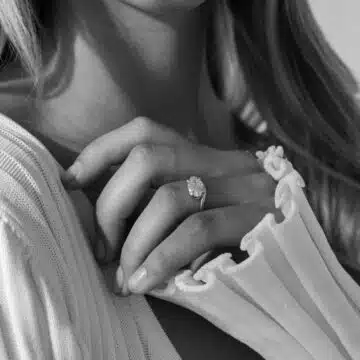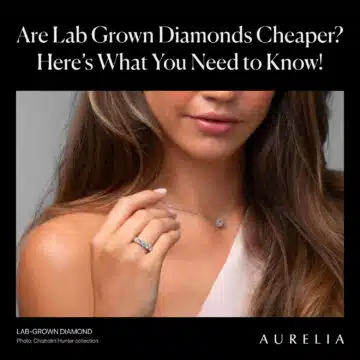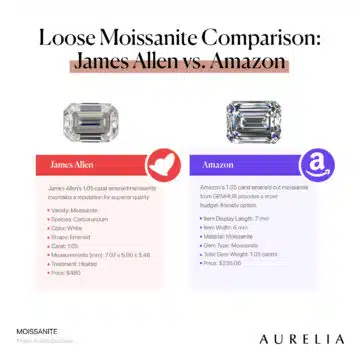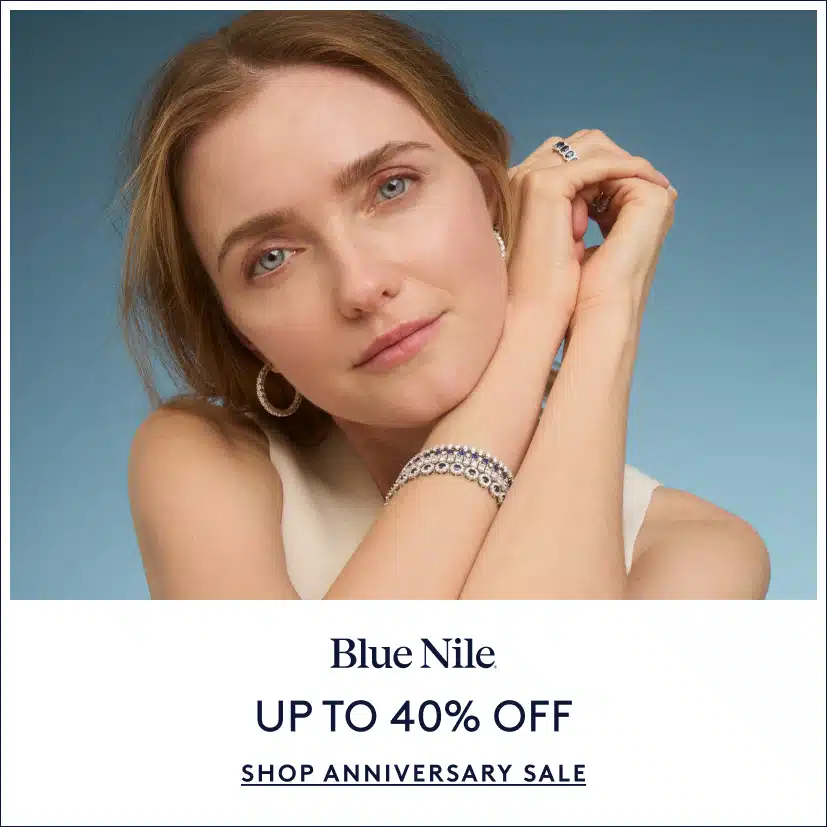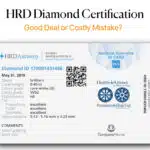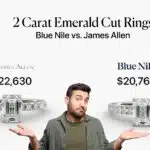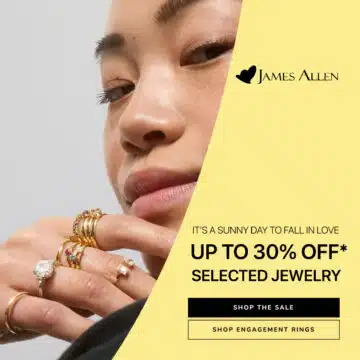Hi, I’m Mehedi Hasan, a diamond expert at Aurelia, and today, we’re tackling one of the biggest myths in the diamond world—Is a D color diamond truly the best, and more importantly, is it worth your money?
You’ve probably heard that D color diamonds are the “cream of the crop”—completely colorless and the highest grade on the GIA diamond color scale. But here’s the real question: Do you actually need one?
Most people assume that a D color diamond will look noticeably better than other diamonds, but the reality may surprise you. In this guide, I’ll break it all down with real-world price comparisons, expert insights, and side-by-side visuals so you can make the smartest choice for your budget.
- What Is a D Color Diamond?
- How Much Does a D Color Diamond Cost?
- D Color Diamonds vs. Other Colors: Can You See the Difference?
- Do You Need a D Color Diamond?
- D Color Diamonds in Different Clarity Grades
- D Color Diamonds vs. Moissanite: A Smart Alternative?
- Where to Buy a D Color Diamond?
- Frequently Asked Questions
- Conclusion: Should You Buy a D Color Diamond?
What Is a D Color Diamond?
Diamonds are graded on a color scale from D to Z, with D being the highest grade and completely colorless, while lower grades gradually develop yellow or brown tints. This grading system, established by the Gemological Institute of America (GIA), ensures consistency and accuracy when evaluating diamond color.
Understanding the Diamond Color Scale
The GIA diamond color grading scale categorizes diamonds into four main groups:
- D-F (Colorless): Completely or nearly colorless, with D being the purest.
- G-J (Near Colorless): Slight traces of color that are almost unnoticeable in most settings.
- K-M (Faint Color): A visible yellow tint, more noticeable in larger diamonds.
- N-Z (Noticeable Color): Stronger yellow or brown tones.
A D color diamond is the highest possible grade, appearing completely colorless even under magnification. This makes it highly desirable, but in reality, the difference between D, E, and F color diamonds is so small that even gemologists need special lighting and equipment to detect it.
The Water Analogy: Why D Color Isn’t Always Necessary
Think of a D color diamond like a glass of pure, distilled water—completely clear with no tint. An E or F color diamond is like filtered water—it looks just as clear to the naked eye, but under lab conditions, there’s an almost imperceptible difference.
Yet, when comparing diamond prices, the jump from F to D can mean thousands of dollars more—a premium you may not need to pay, especially if the difference is invisible in everyday lighting.
Diamond Color Scale Chart
First, take a look at the image below. This GIA diamond color scale illustrates how diamonds transition from D (completely colorless) to Z (noticeable yellow or brown tint):

On the left, you see a D color diamond, completely free of any hue. On the right, a K color diamond shows a visible yellow tint.
For most buyers, the real question is whether the extra cost of a D color diamond is worth it. A 1-carat, VS2 clarity, D color diamond can be significantly more expensive than an F or G color diamond of the same size and clarity—even though they appear identical once set in a ring.
To fully understand how diamond color affects appearance and price, you can explore the diamond grading chart, the diamond cut chart, and the diamond carat size chart for a complete breakdown of how these factors work together.
How Much Does a D Color Diamond Cost?
When shopping for a D color diamond, it’s important to understand how pricing scales with carat weight. Because D color is the highest grade, these diamonds command a premium, often costing thousands more than a slightly lower-grade diamond—even though the visual difference is nearly invisible.
To illustrate, here’s a price comparison for D color vs. G color diamonds (both with VS1 clarity) from retailers like James Allen, Blue Nile, Ritani, and Vrai:
Example Pricing (Approximate Market Prices)
| Carat Weight | D Color (VS1 Clarity) | G Color (VS1 Clarity) | Savings with G Color |
|---|---|---|---|
| 1 Carat | $10,000 | $6,500 | $3,500 |
| 2 Carats | $28,000 | $18,500 | $9,500 |
| 3 Carats | $65,000 | $42,000 | $23,000 |
As you can see, choosing G color over D color can save thousands of dollars, while the visual difference is nearly imperceptible.
Why Does D Color Command a Premium?
D color diamonds are rare, making them highly sought after by collectors and those looking for the absolute best color grade. However, in real-world lighting, a well-cut G color diamond will appear just as colorless as a D color diamond, especially once set in a ring.
For many buyers, investing in a slightly lower color grade allows them to allocate more of their budget toward carat size or an exceptional cut, which has a greater impact on a diamond’s brilliance.
To make the smartest purchase, it helps to consider which diamond shape looks the largest—since some shapes, like oval and emerald cuts, naturally hide color better than others.
Side-by-Side Comparison: D Color vs. G Color Diamond
Now, take a look at the image below. On the left, you’ll see a D color diamond—completely colorless under magnification. On the right, a F color diamond of the same size and clarity.
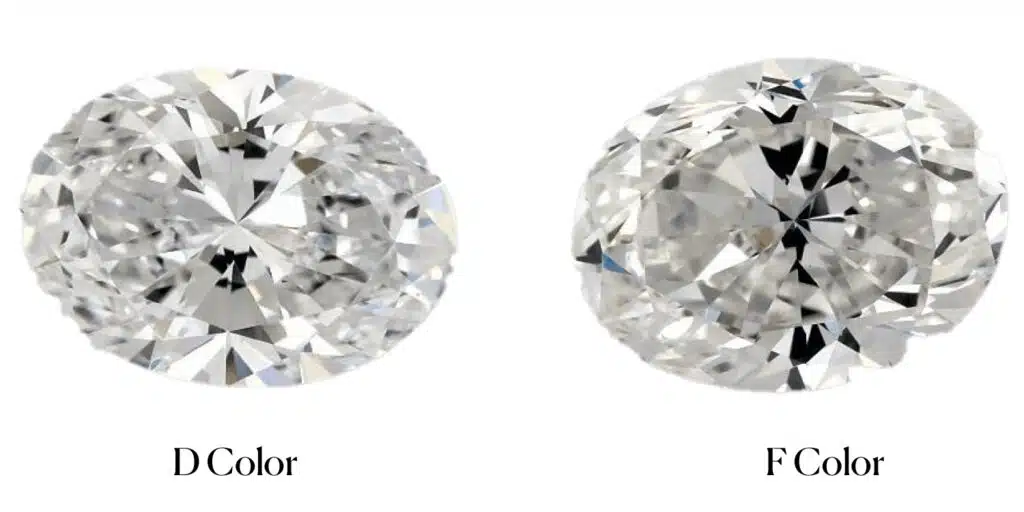
At first glance, the difference is virtually invisible, yet the F color diamond costs significantly less.
For those considering lab-created options, GIA-certified synthetic diamonds can provide even greater savings while maintaining exceptional quality.
D Color Diamonds vs. Other Colors: Can You See the Difference?
One of the biggest misconceptions in diamond shopping is that D color diamonds always look noticeably whiter than lower color grades. In reality, the difference between a D color diamond and a G or H color diamond is often so subtle that even jewelers need a loupe to distinguish them.
Side-by-Side Comparison: D vs. G vs. H Color Diamonds
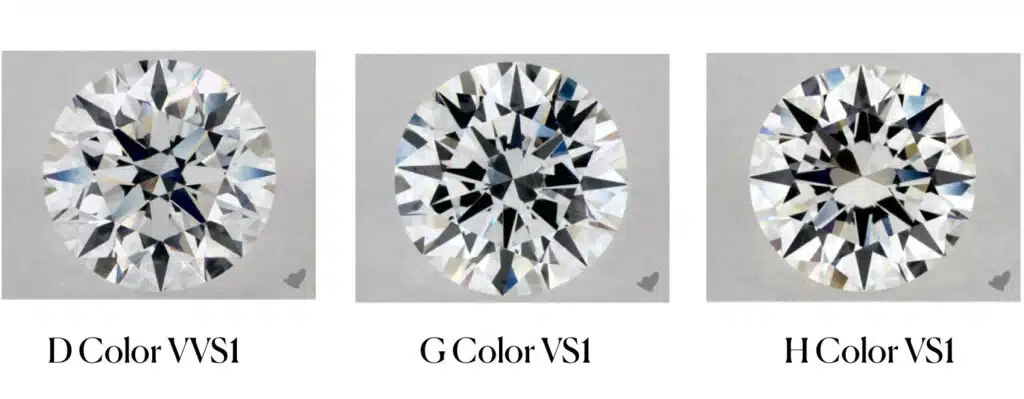
A D color VVS1 diamond appears completely colorless, but so does a well-cut G color VS1 diamond—especially once set in a ring. Unless you’re comparing them under specialized lighting in a lab, it’s nearly impossible to tell them apart.
Even more surprising, an H color diamond can also appear bright and white in the right setting, particularly in yellow or rose gold rings, where a slightly warmer tint blends beautifully with the metal’s hue.
Choosing the Right Diamond Color for Your Setting
Here’s a simple guideline to maximize value without sacrificing beauty:
- For white gold or platinum settings → Stick to D-F color for the most icy-white appearance.
- For yellow or rose gold settings → You can comfortably choose G-H color because the warm tones of the metal mask any slight color tint in the diamond.
For those looking for the perfect balance between quality and value, a GIA-certified synthetic diamond could also be worth considering—offering the same brilliance at a lower price point.
Do You Need a D Color Diamond?
A D color diamond is the highest possible grade on the GIA diamond color scale, but does that mean it’s the right choice for you? While some buyers insist on absolute colorlessness, others find that slightly lower color grades offer a better balance of beauty and value.
Who Should Buy a D Color Diamond?
A D color diamond might be the best choice if:
- You want the absolute best—If you’re looking for a flawless, completely colorless diamond, a D color with VVS1 or IF clarity represents the pinnacle of rarity.
- You’re buying as an investment or collector’s piece—Some collectors and investors prefer D color diamonds for their exclusivity and potential resale value.
- Budget isn’t a concern—If you’re comfortable paying a premium, a D color VS1 or VVS1 diamond offers unmatched purity and prestige.
Think You’re A Diamond Pro?
Think you’re a Diamond Pro and can save almost 50%? Choose the diamond that you like better. Is it the J color for $2,450 or the G color for $4,820?
Who Should Consider Other Diamond Colors?
A D color diamond isn’t necessary for everyone. You might get better value by choosing a lower color grade if:
- You’re on a budget but still want a beautiful diamond—Choosing an E, F, or even G color diamond can save you thousands of dollars without a noticeable difference to the naked eye.
- You’re setting the diamond in yellow or rose gold—Warmer metals naturally mask any slight color differences, making a G-H color diamond an excellent choice.
- You’d rather have a larger diamond than a small, perfect one—With the money saved by choosing a slightly lower color grade, you could increase the carat weight, making a much bigger impact visually.
For those prioritizing size and sparkle over a microscopic difference in color, it’s worth exploring what shape diamond looks the largest to maximize your budget effectively.
D Color Diamonds in Different Clarity Grades
A D color diamond represents the highest standard for colorlessness, but clarity is another key factor in a diamond’s appearance and value. When a D color diamond is paired with a higher clarity grade (VVS1, VS1, or SI1), its overall rarity and price change significantly.
How Clarity Affects D Color Diamonds
Clarity measures internal inclusions and external blemishes. A VVS1 D color diamond will have nearly invisible imperfections, while a VS1 or SI1 diamond may have minor inclusions visible under magnification. However, these inclusions often do not affect beauty to the naked eye.
Example Price Comparison
| Carat & Clarity | D Color Price | G Color Price | Savings |
|---|---|---|---|
| 1 Carat, VVS1 | $10,000 | $6,800 | $3,200 |
| 1 Carat, SI1 | $6,000 | $4,500 | $1,500 |
While D color commands a premium, clarity differences can offer significant cost savings. If you’re prioritizing colorless beauty, a VS1 D color diamond can provide a great balance of clarity and affordability compared to a VVS1 diamond.
How Does a D Color Diamond Compare to an I Color Diamond?
Now, let’s take a closer look at how a D color diamond compares to a lower I color diamond. Unlike D, E, and F color diamonds, which are considered completely colorless, the I color grade falls into the near-colorless range, meaning a slight tint may be visible in certain lighting.
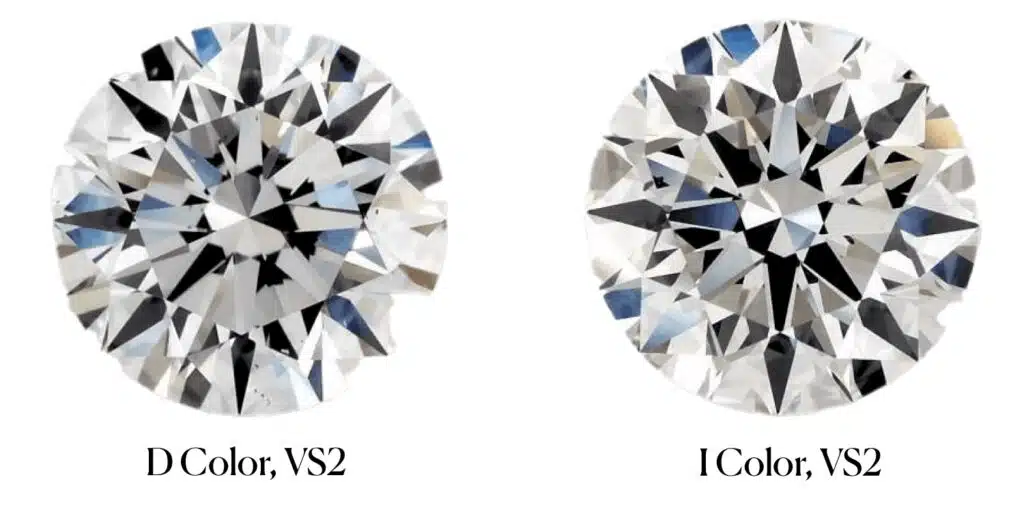
For this comparison, we’ve selected two round brilliant cut diamonds, both with 1-carat weight, excellent cut, and VS2 clarity:
- Left: A D color, VS2 clarity round brilliant cut diamond
- Right: An I color, VS2 clarity round brilliant cut diamond
Even with a difference of five color grades, the naked-eye difference is subtle. The I color diamond may show a faint warmth, but the round brilliant cut’s multiple light-reflecting facets help mask color variations.
Deal Alert
Get 40% off engagement ring settings at James Allen!
Is the Price Difference Justified?
| Diamond | Price |
|---|---|
| D Color, VS2 Clarity | $7,130 |
| I Color, VS2 Clarity | $4,810 |
While both diamonds appear similar in everyday lighting, the D color diamond costs over $2,300 more. For budget-conscious buyers, choosing an I color diamond could provide more value while still looking bright and white in most settings.
D Color Diamonds vs. Moissanite: A Smart Alternative?
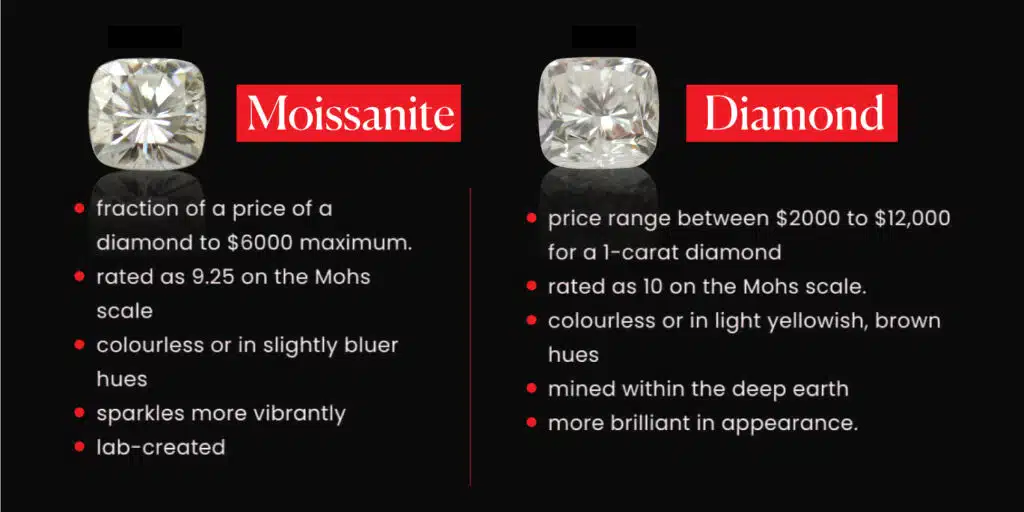
For those who love the brilliant, colorless appearance of a D color diamond but want a more budget-friendly option, moissanite is a compelling alternative.
How Does Moissanite Compare to a D Color Diamond?
- Color: High-quality moissanite is naturally colorless and closely resembles a D color diamond.
- Brilliance: Moissanite has more fire (rainbow flashes of light) than diamonds, creating a unique sparkle.
- Durability: With a Mohs hardness of 9.25, moissanite is nearly as hard as a diamond (10) and highly resistant to scratches.
- Price: Moissanite costs significantly less than a comparable D color diamond, often by 80% or more.
James Allen Review
Check our comprehensive James Allen Review to learn more about their pricing and commitment.
Why Some People Choose Moissanite Over a D Color Diamond
Many buyers opt for moissanite when they want the look of a high-quality diamond without the price tag. Since moissanite is lab-created, it is also an ethical and sustainable choice. For those debating between the two, comparing moissanite and lab diamonds side by side can help clarify the differences.
Some also find that in certain lighting conditions, such as diamond vs. moissanite in sunlight, the two reflect light differently, which can influence their decision. Additionally, a detailed comparison between moissanite and diamonds can help determine whether a D color diamond is worth the premium or if moissanite offers the best balance of beauty and value.
While moissanite offers an affordable alternative, a D color diamond remains the top choice for those prioritizing rarity, resale value, and the prestige of a natural or lab-grown diamond with the highest color grade.
Where to Buy a D Color Diamond?
Finding a D color diamond requires choosing a retailer with high-quality inventory, competitive pricing, and transparency in grading. Below are some of the best places to buy a D color diamond ring, whether you’re looking for natural or lab-grown options.
Deal Alert
Get 40% off engagement ring settings at Blue Nile!
Best Retailers for D Color Diamonds
- James Allen – Offers an extensive selection of D color diamonds with HD 360° videos, making it easy to inspect each stone closely before purchasing.
- Blue Nile – Known for its large inventory and competitive pricing, making it a great choice for those looking to compare options.
- Ritani – Provides a free in-store preview option, allowing you to see your diamond in person before committing to a purchase.
- Vrai – Specializes in lab-grown D color diamonds, offering a more affordable and sustainable alternative to mined diamonds.
When shopping for a D color diamond, comparing prices and clarity grades can make a significant difference in value.
View Blue Nile Review
Check our comprehensive Blue Nile review to learn more about their pricing and commitment.
Frequently Asked Questions
Conclusion: Should You Buy a D Color Diamond?
D color diamonds are undeniably stunning, but they aren’t necessary for most buyers. Unless you’re specifically looking for the rarest, most colorless option, other high-quality diamonds can offer better value without sacrificing beauty.
- If you want absolute perfection and have the budget, a D color diamond is an excellent choice.
- If you want the best balance of beauty and value, a G-H color diamond provides a nearly identical look for thousands less.
- Always buy from a reputable retailer like James Allen, Blue Nile, Ritani, or Vrai, ensuring transparency, certification, and high-quality imaging.
Blue Nile is one of the biggest and most recognized online jewelry retailers, offering an extensive and exclusive inventory. Their high-resolution images are improving and getting closer to the quality offered by James Allen, while their prices remain highly competitive. Right now, Blue Nile offers up to 30% savings on jewelry during a limited-time sale.
WHAT WE LOVE ABOUT THEM:
- 30-day no-questions-asked return policy, with a prepaid shipping label provided by Blue Nile.
- Lifetime warranty on all purchases.
- Free shipping on every order.
- Complimentary services every six months, including prong tightening, repolishing, rhodium plating, and cleaning.
- Insurance appraisal included with your purchase.
- One free resizing within the first year.
- High-quality images available for roughly half of their diamond selection.
- 24/7 customer service support.
- Full credit toward future upgrades, as long as the new item is at least double the value.
- Best-in-class order fulfillment process.
James Allen is a top leader in online diamond sales, offering cutting-edge imaging technology that lets you inspect diamonds as if you were using a jeweler's loupe. With the largest exclusive selection of loose diamonds available online and excellent pricing, they also boast one of the finest collections of lab-created diamonds on the market. They currently run a 25% discount on selected lab-grown diamonds!
WHAT WE LOVE ABOUT THEM:
- 30-day no-questions-asked return policy, with a prepaid shipping label provided by James Allen.
- Lifetime warranty on all purchases.
- Free international shipping.
- Complimentary prong tightening, repolishing, rhodium plating, and cleaning every six months.
- Insurance appraisals included with purchases.
- One free resizing within 60 days of purchase.
- Free ring inscriptions available.
- Best-in-class high-quality imagery for every diamond in stock.
- 24/7 customer support.
- Premium, best-in-class packaging.
Ritani is a trusted name in the online jewelry industry, known for its stunning collection of ethically sourced diamonds and gemstones. With a focus on transparency, Ritani offers customers in-depth diamond education and innovative features like in-store preview options, ensuring a seamless and informed shopping experience.
WHAT WE LOVE ABOUT THEM:
- Free in-store preview of loose diamonds before purchase.
- 30-day free returns, including resizing services for all rings.
- Lifetime warranty that covers prong tightening, polishing, rhodium plating, and more.
- Free insured shipping on all orders.
- Access to a wide selection of GIA-certified diamonds and lab-grown options.
- High-resolution 360° videos of diamonds for accurate evaluation.
- Ethical sourcing and conflict-free diamonds.
- Buy Now, Pay Later financing options available.
- 24/7 customer service with personalized consultations.

